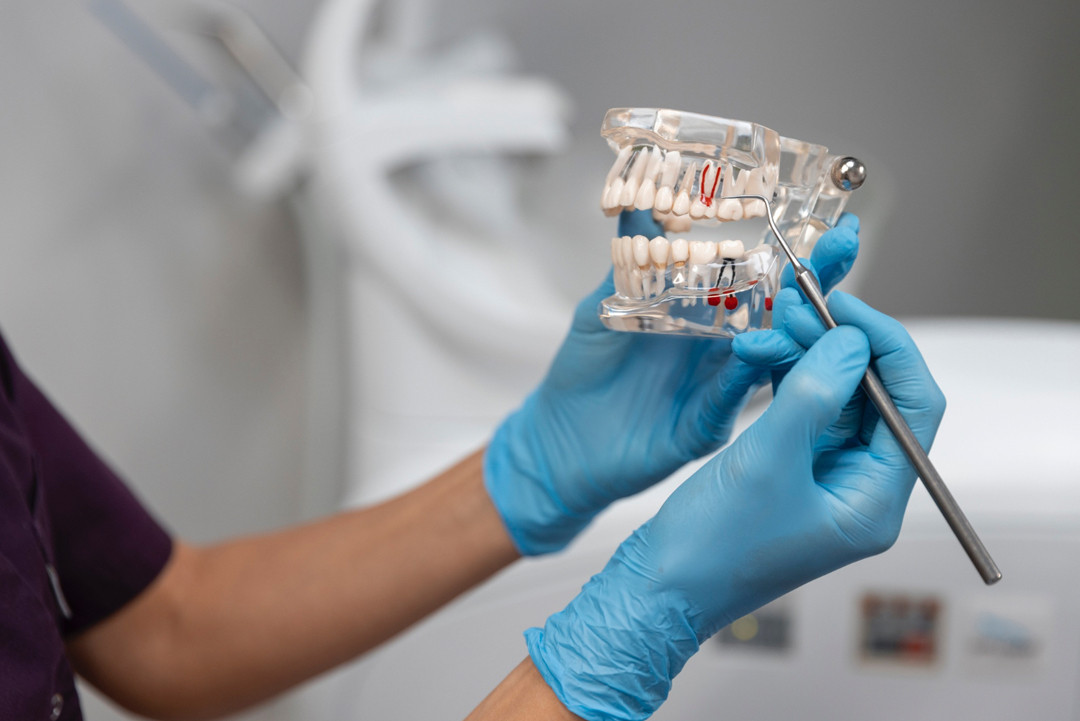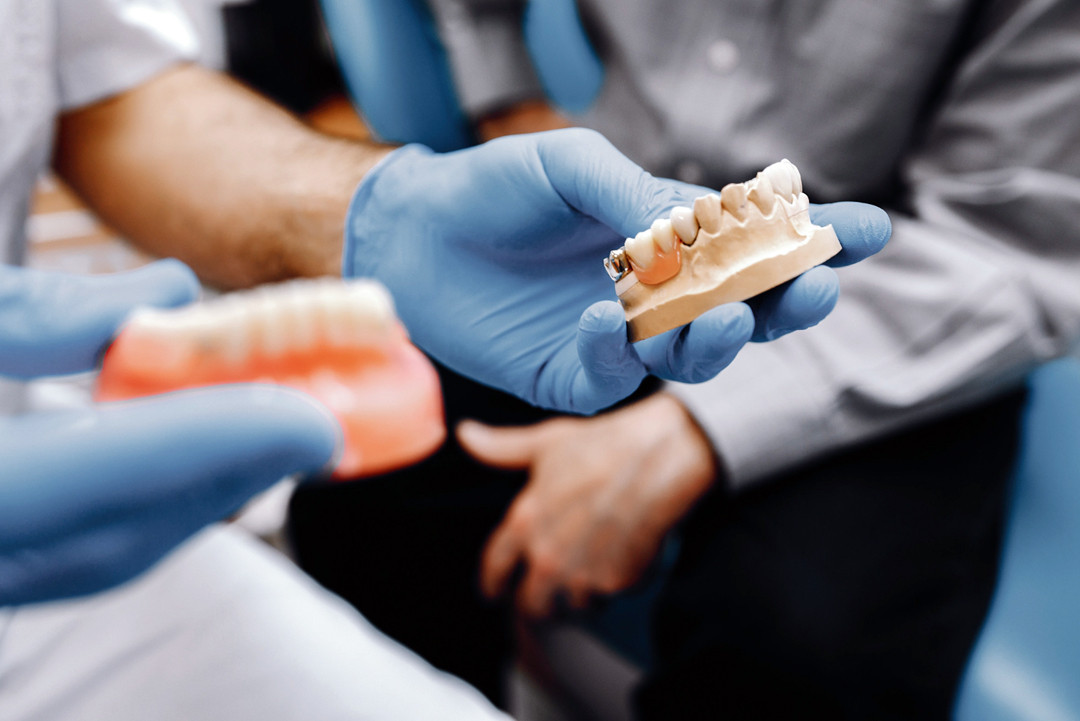Overview of Pediatric Endocrinology
Pediatric endocrinology focuses on diagnosing and treating hormonal imbalances and endocrine disorders in children and adolescents. These disorders may involve the thyroid, adrenal glands, pancreas, reproductive organs, or growth-related systems. Timely diagnosis and intervention are critical to ensure healthy growth and development into adulthood.
Diagnostic Methods in Pediatric Endocrinology
Endocrine disorders often require advanced diagnostic techniques to differentiate symptoms and pinpoint underlying causes. Common methods include:
- Body Fat Analysis: Determines fat distribution and overall metabolic health.
- Hormonal Stimulation and Suppression Tests: Evaluates hormone production and gland functionality.
- Bone Density Analysis: Assesses bone strength and mineral content.
- Hypothyroidism Screening: Detects thyroid hormone deficiencies.
- Growth Hormone Stimulation Tests: Measures growth hormone production.
- Early Puberty Tests: Diagnoses precocious puberty by evaluating hormone levels.
- Bone Age Determination: Assesses skeletal development in relation to age.
- Blood and Urine Tests: Checks for hormonal imbalances and metabolic issues.
- Medical Imaging Techniques: Includes ultrasound, CT, or MRI for gland visualization.
Common Endocrine Disorders and Treatments
- Growth Hormone Deficiency:
- Symptoms: Slow growth, underweight.
- Treatment: Synthetic growth hormone injections or advanced therapies like oral tablets or patches.
- Hypothyroidism:
- Symptoms: Slow metabolism, fatigue, developmental delays in infants.
- Treatment: Daily thyroid hormone supplements.
- Hyperthyroidism:
- Symptoms: Rapid metabolism, weight loss, irritability.
- Treatment: Medications, radioactive iodine therapy, or surgery.
- Type 1 Diabetes Mellitus:
- Symptoms: Frequent thirst, fatigue, weight loss.
- Treatment: Insulin therapy, blood sugar monitoring, lifestyle changes.
- Adrenal Insufficiency:
- Symptoms: Fatigue, low blood pressure, weight loss.
- Treatment: Hormone replacement therapy with long-acting injectable medications.
- Precocious Puberty:
- Symptoms: Early development of secondary sexual characteristics.
- Treatment: Gonadotropin-releasing hormone agonists to delay puberty.
- Delayed Puberty:
- Symptoms: Lack of sexual development by the expected age.
- Treatment: Address underlying causes (e.g., malnutrition, genetic syndromes) with hormonal therapy if necessary.
- Hirsutism:
- Symptoms: Excessive body hair in girls.
- Treatment: Hormone regulation and lifestyle modifications.
- Polycystic Ovary Syndrome (PCOS):
- Symptoms: Irregular periods, excessive hair growth, insulin resistance.
- Treatment: Hormonal therapy, lifestyle adjustments, insulin-sensitizing medications.
- Obesity and Metabolic Disorders:
- Symptoms: Excess body weight, insulin resistance.
- Treatment: Dietary and lifestyle interventions, hormonal evaluations.
- Disorders of Vitamin D, Calcium, and Phosphorus Metabolism:
- Symptoms: Bone deformities, rickets, osteoporosis.
- Treatment: Supplementation and dietary adjustments.
Advanced Treatment Methods in Pediatric Endocrinology
- Growth Hormone Therapy: New delivery methods include oral tablets and hormone patches, improving convenience and compliance.
- Diabetes Management:
- Innovations: Insulin pumps, continuous glucose monitoring devices.
- Outcome: Improved blood sugar control and reduced burden on patients.
- Adrenal Insufficiency Treatment: Advances like subcutaneous implants and long-acting injectables enhance convenience and efficacy.
- Precocious Puberty Therapy: Gonadotropin-releasing hormone agonists allow targeted and efficient interventions.
Why Pediatric Endocrinology Matters
- Ensures timely diagnosis of hormonal disorders to prevent long-term complications.
- Supports healthy growth and emotional well-being in children and adolescents.
- Promotes lifestyle changes for managing conditions like diabetes and obesity.
Regular follow-ups with pediatric endocrinology specialists are crucial to monitor and adjust treatments as children grow and their needs evolve.


















